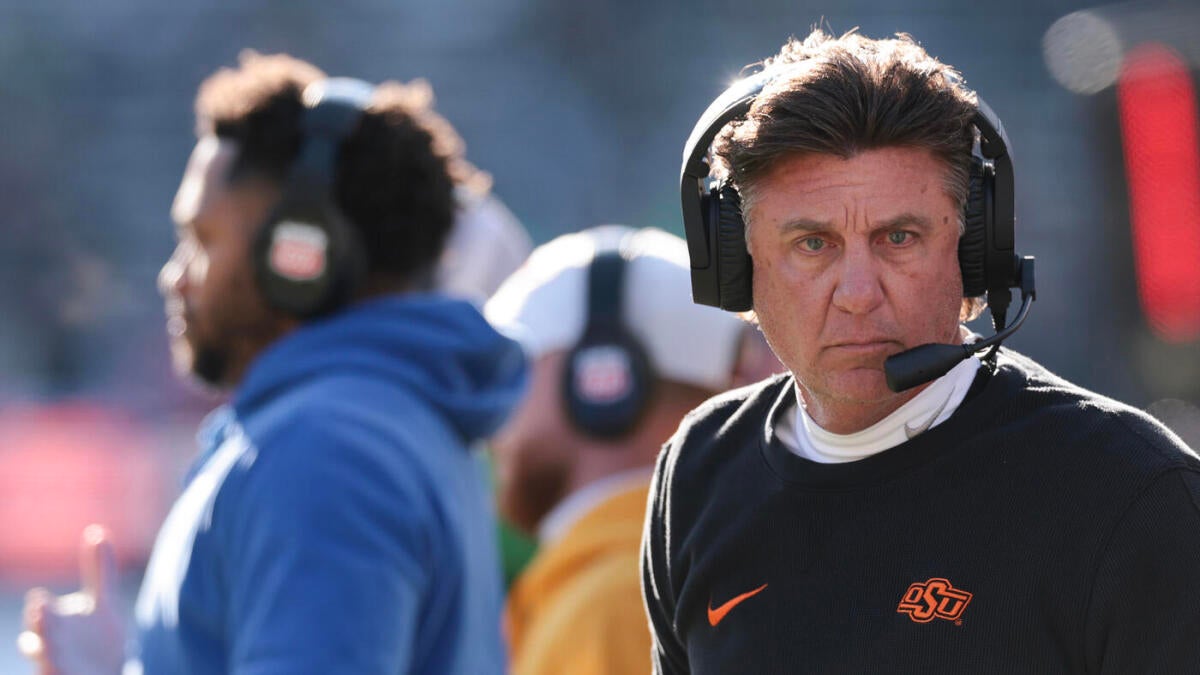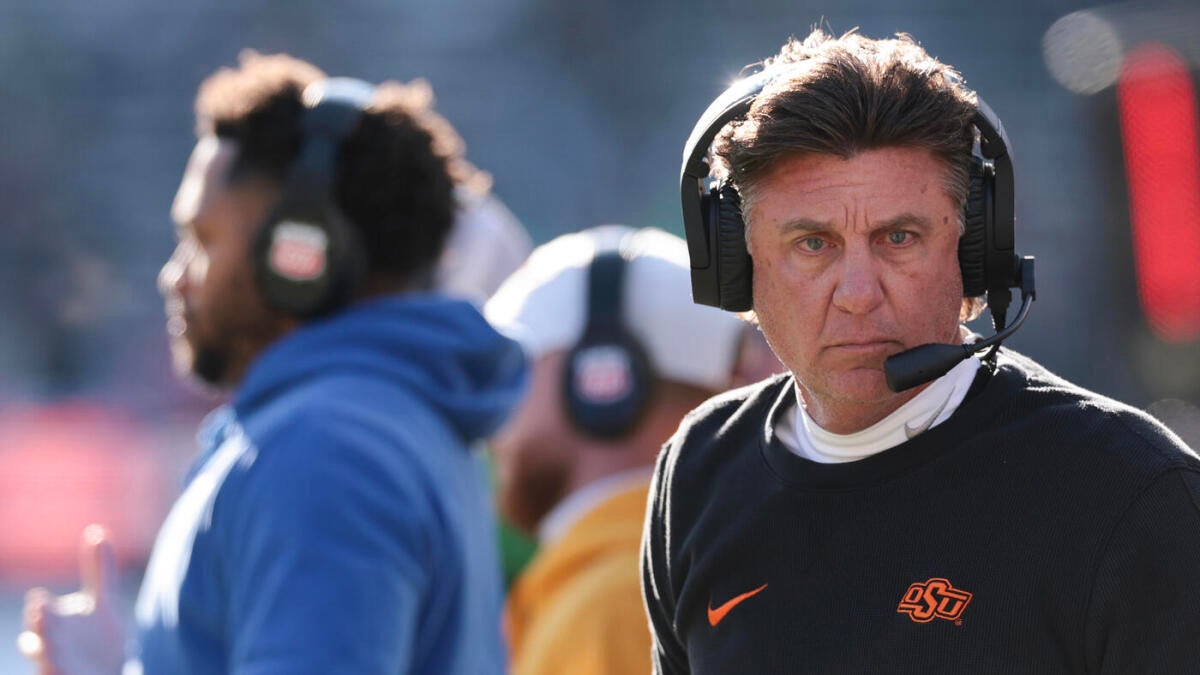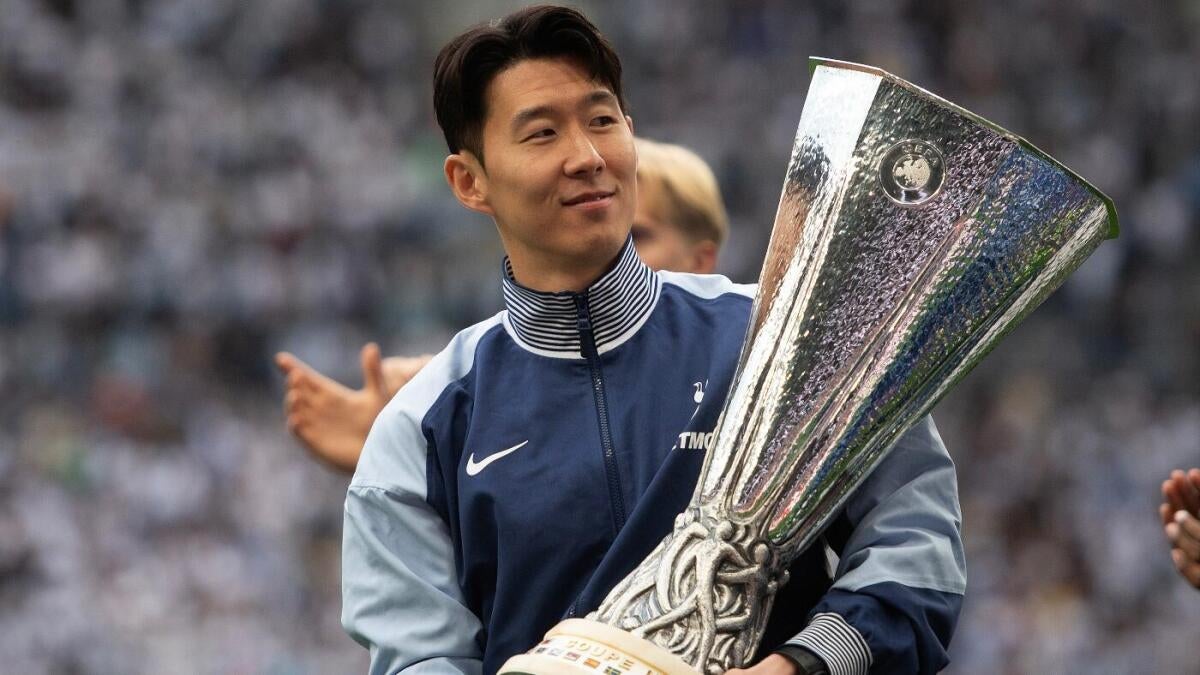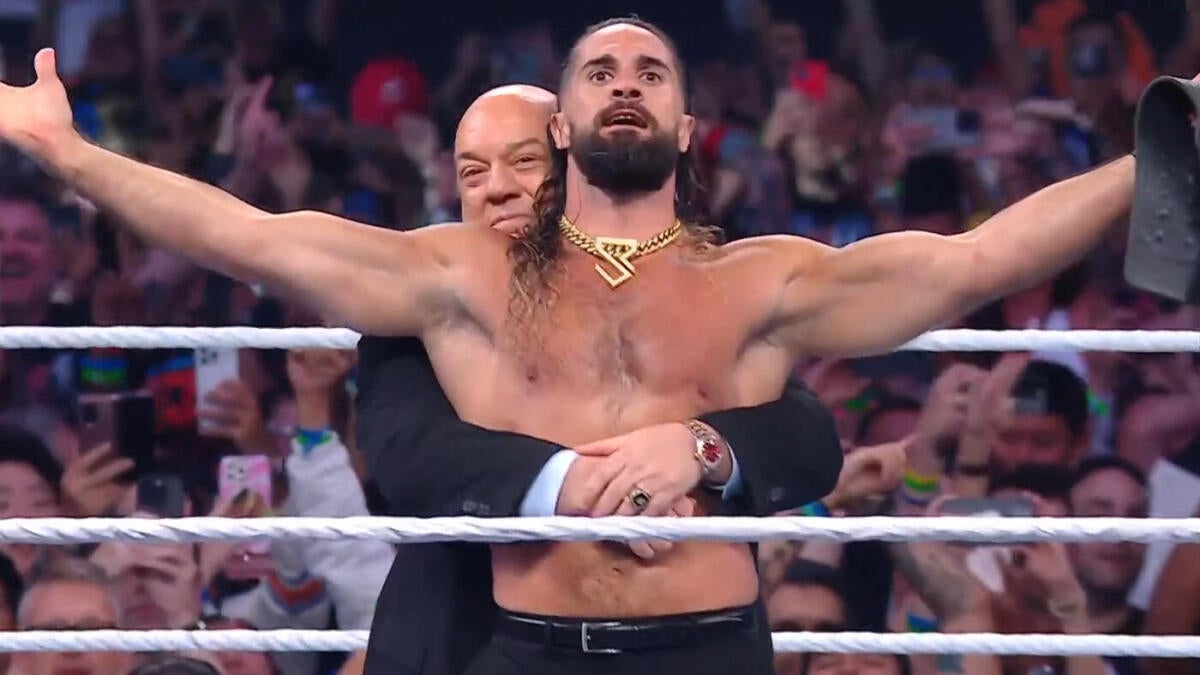Navigating the New Frontier: Mike Gundy, Oklahoma State, and the Evolving Landscape of College Sports
Introduction: A Shifting Gridiron
The landscape of college athletics is undergoing a seismic shift, driven by legal battles, financial realities, and the relentless pursuit of competitive advantage. At the forefront of this transformation stands Mike Gundy, the head coach of Oklahoma State University’s football program. Gundy’s recent commentary and strategic decisions provide a lens through which to examine the broader changes reshaping college sports. From the complexities of Name, Image, and Likeness (NIL) regulations to the structural governance of college football, Gundy’s perspectives offer valuable insights into the challenges and opportunities facing the sport.
NIL and the Call for Clarity
The introduction of NIL has revolutionized the relationship between college athletes and their institutions. Athletes now have the opportunity to monetize their personal brand, leading to a complex ecosystem of endorsements, collectives, and legal interpretations. However, this new landscape is fraught with ambiguity, raising concerns about competitive equity and potential exploitation.
Gundy, along with other coaches, has been vocal about the need for greater clarity in NIL regulations. The current patchwork of state laws and institutional policies has created confusion for athletes, coaches, and administrators alike. The College Sports Commission (CSC) has emerged as a new enforcement body, but its authority is already being questioned, adding to the uncertainty. Gundy’s call for clarity reflects a desire for a more level playing field and a sustainable model for NIL that benefits both athletes and the integrity of college sports.
A Centralized Vision: Gundy’s Proposed “Fix” for College Football
Beyond the complexities of NIL, Gundy has consistently advocated for a more centralized and streamlined approach to the governance of college football. He envisions a single authority to oversee the sport, similar to the role of the commissioner in professional leagues like the NFL.
Gundy’s proposed solution involves several key components:
– A Single Governing Body: He advocates for a single entity with the power to enforce rules, negotiate media deals, and distribute revenue. This would eliminate the fragmented governance structure that currently exists, with multiple conferences and the NCAA vying for control.
– Revenue Sharing: Gundy supports a revenue-sharing model akin to the NFL, where a portion of the league’s revenue is distributed to member teams. This would help to level the playing field and ensure that smaller programs have the resources to compete.
– Clear and Consistent Rules: He calls for a standardized set of rules that are consistently enforced across all conferences. This would eliminate the confusion and controversy that often arise from varying interpretations of NCAA regulations.
Gundy’s vision reflects a desire for greater stability and predictability in college football. He believes that a centralized structure would create a more sustainable and equitable environment for all stakeholders, from athletes and coaches to institutions and fans. He even suggested Nick Saban, former Alabama coach, as a good candidate for a commissioner.
Navigating the Quarterback Conundrum and Offensive Identity
While Gundy grapples with the macro issues facing college football, he remains focused on the day-to-day realities of running a successful program. This includes making critical decisions about personnel and scheme, as evidenced by Oklahoma State’s ongoing quarterback battle and efforts to refine its offensive identity.
The quarterback position is arguably the most important in football, and Gundy’s decision on who will lead the Cowboys’ offense will have a significant impact on the team’s success. Beyond the quarterback, Gundy emphasizes a balanced offensive approach that combines a strong running game with effective passing. This approach reflects a desire to control the clock, limit turnovers, and wear down opposing defenses.
The NCAA’s Diminishing Influence
Gundy has been vocal about his perception that the NCAA is becoming increasingly irrelevant in the modern landscape of college sports. This sentiment is fueled by a number of factors, including the NCAA’s struggles to enforce NIL rules, its handling of transfer regulations, and its perceived lack of leadership in addressing the major challenges facing college athletics.
The NCAA’s authority has been further eroded by legal challenges, such as the impending antitrust settlement, which could significantly alter the organization’s power to regulate college sports. As the NCAA’s influence wanes, conferences and institutions are increasingly asserting their own authority, leading to a more decentralized and unpredictable environment.
Gundy’s Hot Seat: Pressure to Perform
Amidst the broader changes in college football, Gundy also faces scrutiny regarding his own performance and the direction of the Oklahoma State program. The pressure to win is ever-present in college football, and coaches are often judged on their ability to deliver results on the field. While Gundy has a long and successful track record at Oklahoma State, he is not immune to criticism, especially in light of the program’s recent performance. The evolving landscape of college football, with its emphasis on NIL and the transfer portal, has raised questions about Gundy’s ability to adapt and maintain Oklahoma State’s competitive edge.
Conclusion: Steering Through the Storm
Mike Gundy’s commentary and actions offer a valuable glimpse into the challenges and opportunities facing college football in the era of NIL, conference realignment, and evolving NCAA regulations. His calls for clarity on NIL, his vision for a centralized governance structure, and his focus on building a balanced and competitive program reflect a desire to navigate these turbulent waters and ensure a sustainable future for Oklahoma State and college football as a whole.
The Last Stand: Can Tradition Prevail in the Face of Transformation?
As the landscape of college sports continues to evolve, the question remains: Can tradition and stability prevail in the face of rapid transformation? Gundy’s leadership and strategic vision will be crucial in determining the answer for Oklahoma State and the broader world of college football. The journey ahead is uncertain, but one thing is clear: the gridiron is shifting, and those who adapt will thrive.












